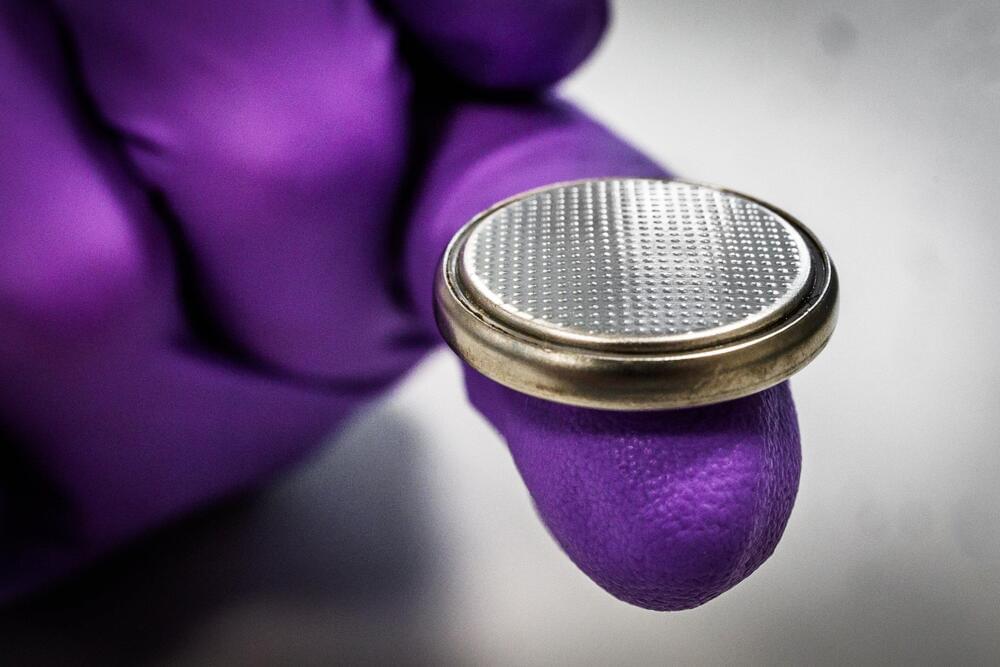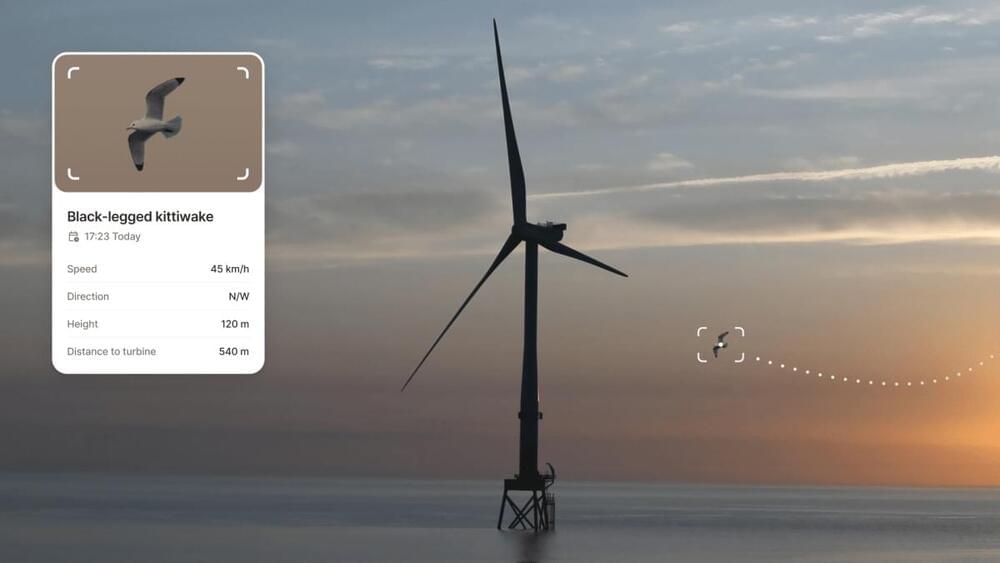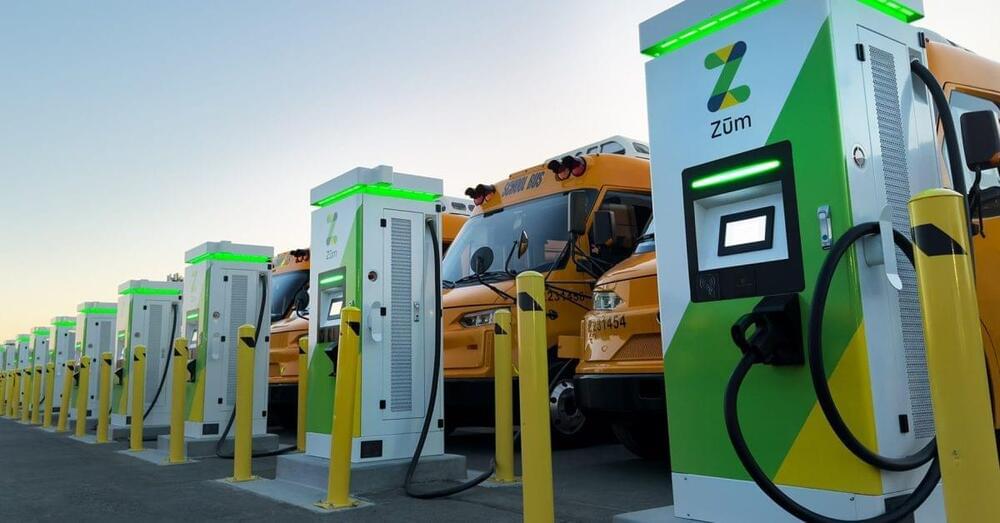May 19, 2024
Segway unveils futuristic new electric bike and arguably electric motorcycle
Posted by Quinn Sena in categories: law, sustainability, transportation
Segway has taken to the Consumer Electronics Expo (CES) in Las Vegas to unveil a pair of new electric two-wheelers. The first is an electric bicycle called the Xafari, while the latter is a borderline electric motorcycle known as the Xyber.
Both bikes are ostensibly categorized as electric bicycles in the US, fitting within the legal definition of the category. The Xafari even feels like it fits nicely under the e-bike classification, though the Xyber seems to carry a bit more Sur Ron vibes than Schwinn vibes, if you get the idea.
Any way you slice them, both bikes mark a major push deeper into the industry for Segway as the company continues to expand in the micromobility category.


















